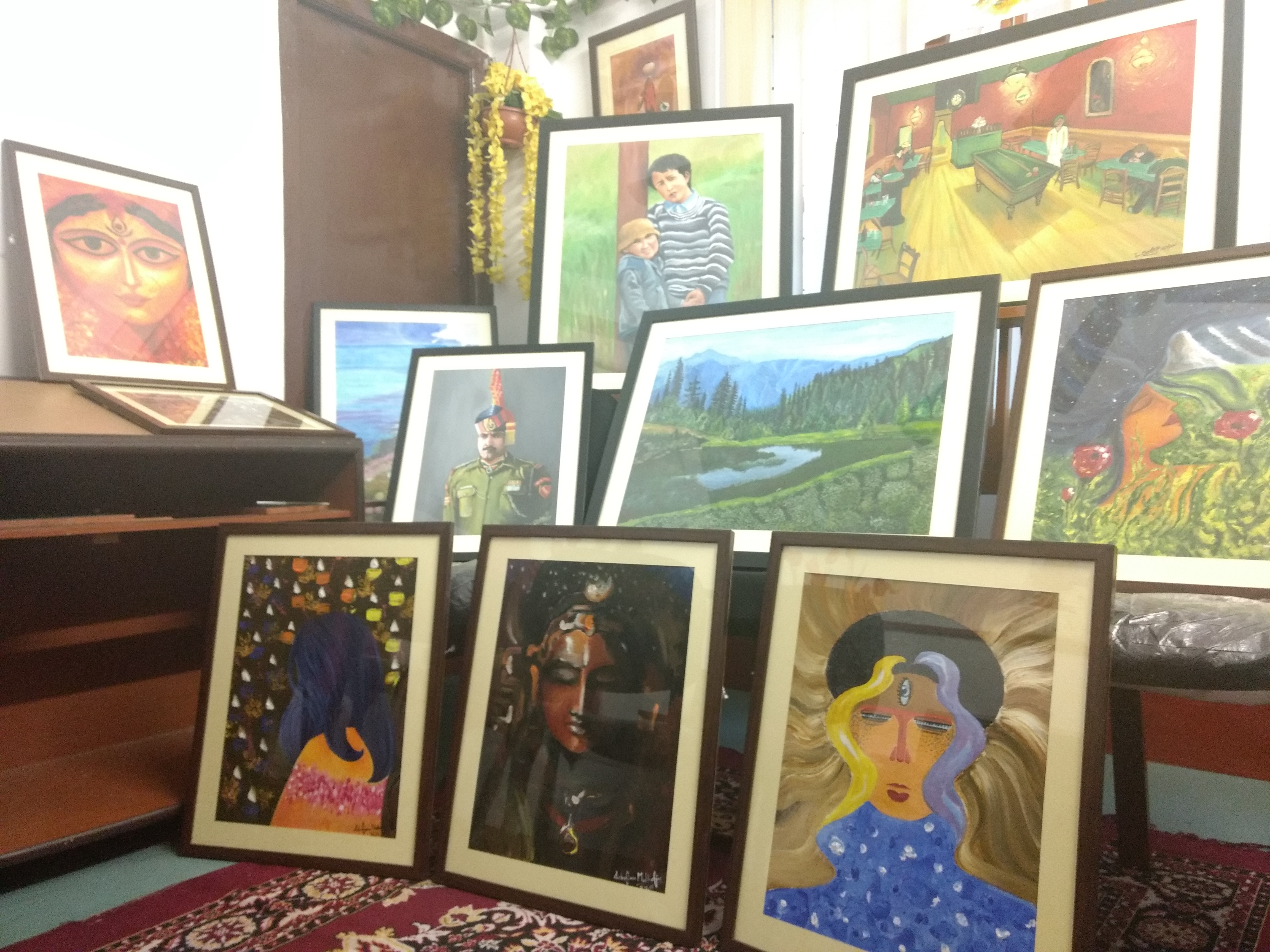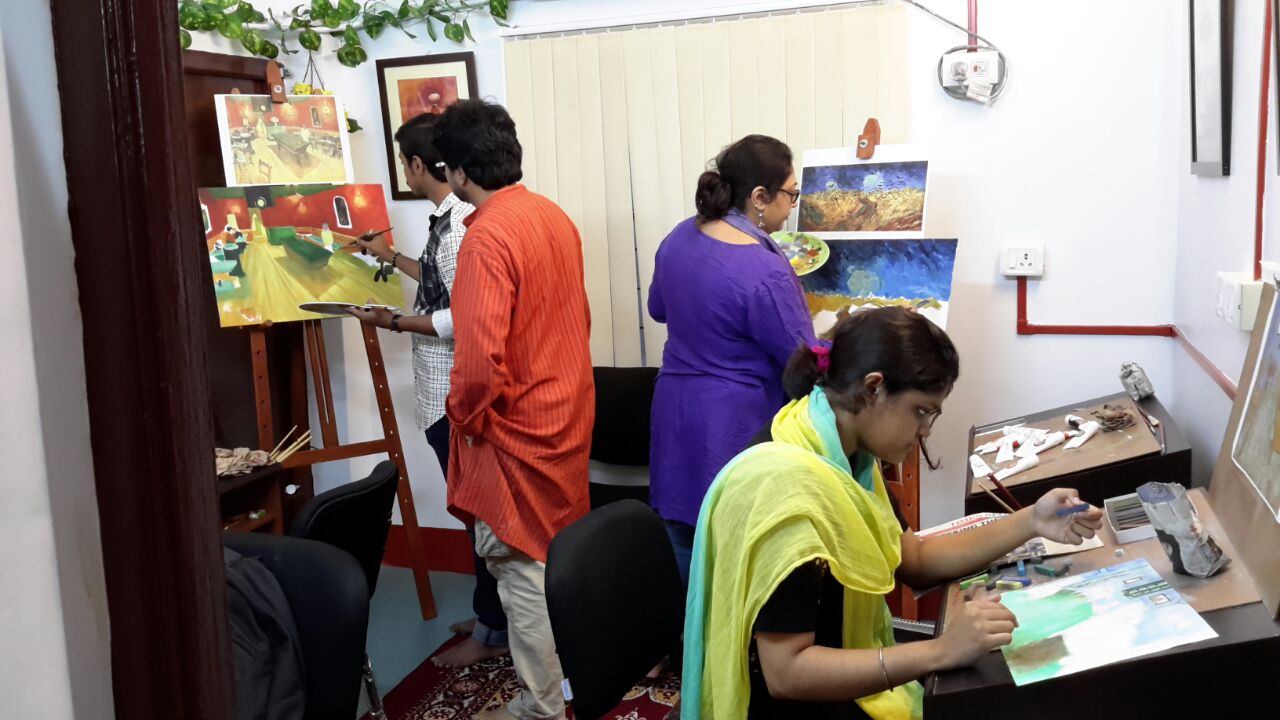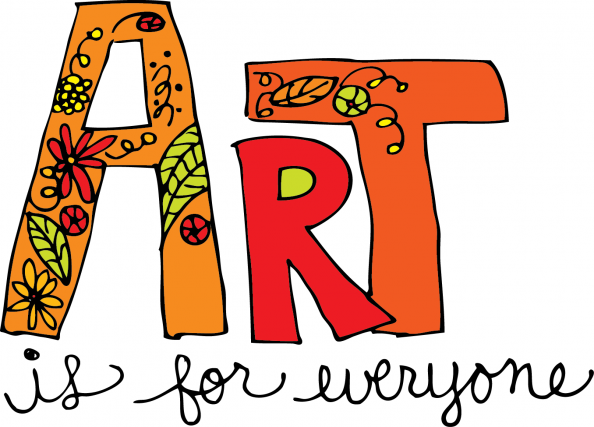Ten years ago, Indian contemporary art was elated with its success in the industry. It had made a mark at a global level with a slew of survey exhibitions that attempted to define the region’s art scene. The Indian financial media began to track the contemporary art market as an alternative asset class, and artists began to earn a respectable living through their passion.
The Arts & Culture ecosystem of India features a complex and interdependent set of relationships among arts organizations; their communities – reflecting the people who live there – the artists, art & cultural organizations, local complementary or substitute businesses and organizations; and finally, the cultural policies that influence the production and consumption of arts and culture. Art is even used to build physics programs by loading physics algorithms, provided as plug-in modules. Art is both used by and relies on other products to integrate into an experiment’s event-processing software architecture
A healthy arts ecosystem maximizes the capacity of arts like painting to improve the lives of human beings in concrete and meaningful ways. Each human being today and in the future, has an opportunity to participate in creation of arts given the culturally enriched gamut that India provides provided it is appropriate to his/her interest and skill. The art ecosystem of India is modeled on this perspective of contribution of art to the personal development of an individual. Creative arts like painting have today become a uniquely effective tool for many people in the pursuit of self-actualization and form a major part of what psychologists refer to as art therapy.

While the evidence base for the benefits of the arts is continually developing and evolving, it is safe to assume that participation in arts offers value to a large majority of human beings and can be life changing. There are some people whose contribution matters the most in the formation of a strong art ecosystem. A person whose work connects to a large audience and adds something unique to the cultural diet of India or expresses the culture of the deeply marginalized population of the society are greatly sought-after individuals today when the value of the human emotional quotient has become manifold. The work of such a person wins unusual acclaim from experts and strengthens the chain of artistic endeavors of India and gives it a worldwide forum.
An important aspect of the formation of an art ecosystem is the concept of the “common” and “scarce” opportunities to participate in creation of art. More and more excellent art schools like Anthelion School of Art are coming up to provide a platform to teach art. This theory is based on a valid vision of human understanding. The notion of common and scarce opportunities proceeds from an acceptance of two realities: first; we live in a world of limited resources, and second, that certain forms of participation in the arts require more of those resources than others. Opportunities that are easily provided which means “common” and should be distributed widely, while more resource-intensive which means “scarce”, participation opportunities should be concentrated to the extent possible with people who contribute or have the potential to contribute a lot of value through their artwork to the rest of society.

The Indian art ecosystem, especially its organizational aspects has not been studied in depth. Individual galleries such as Saffron Art in India have been researched. However, the entire art ecosystem has not been studied from the organizational
perspective. With the advent of technology and digital marketing, the art ecosystem of India has undergone a surge in the world market. Most people have always looked to invest their savings in either real estate or gold. Yet, there are sectors like art that have yet remained unexplored.
As an investment option, it is often seen as an area for the niche elite. Mr. Sandip Malik aims to change this with his venture. His move strives to totally alter the trend of investments in India. The upcoming companies may follow this lead and evidence suggests that in a few years art investment will become a popular trend in India. Mr. Malik is the founder and CEO of Prime Art Capital. A few months ago, they launched an iOS app called Prime Collector, a luxury lifestyle app that enables users to digitize their art and schedule a suite of services like insurance, storage or valuations. Among core buyers, there are a few who get emotionally attached after seeing a certain artwork and they tend to love the aesthetics of the art work and thus buy it to possess it. Others, called bulk buyers are a separate category and buying happens through interior decorators or people assigned within an organization.
It is enticing to evaluate that creative industries thrive on creativity and autonomy. The nature of command and control in such organizations needs to be broken for it to become more innovative.

